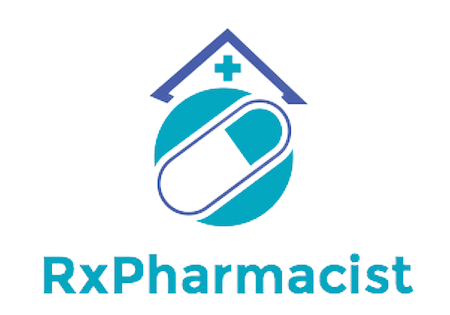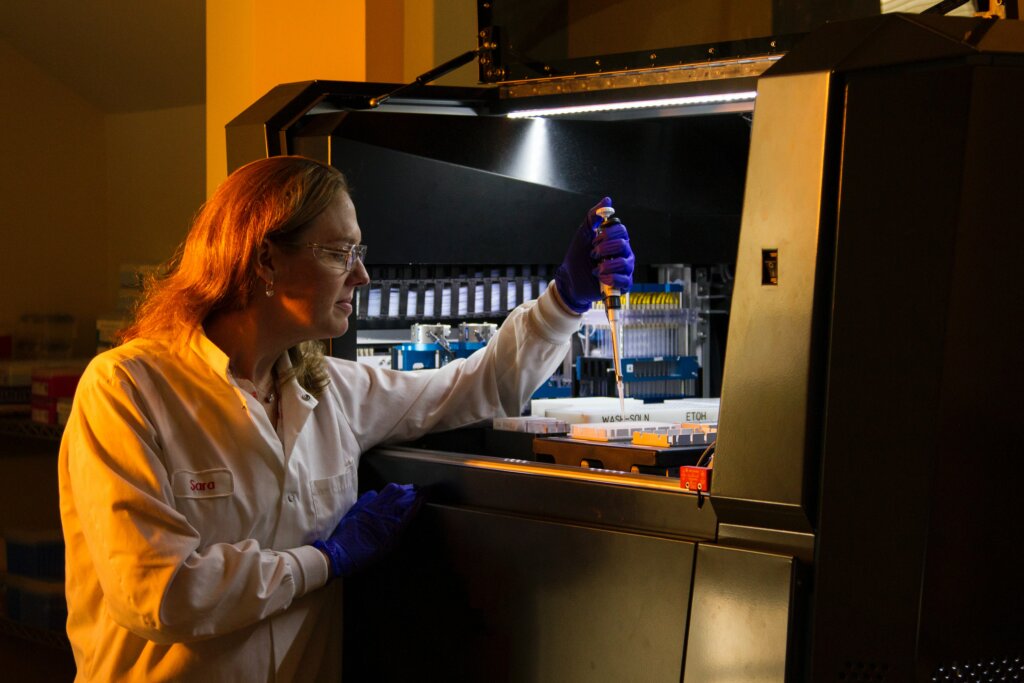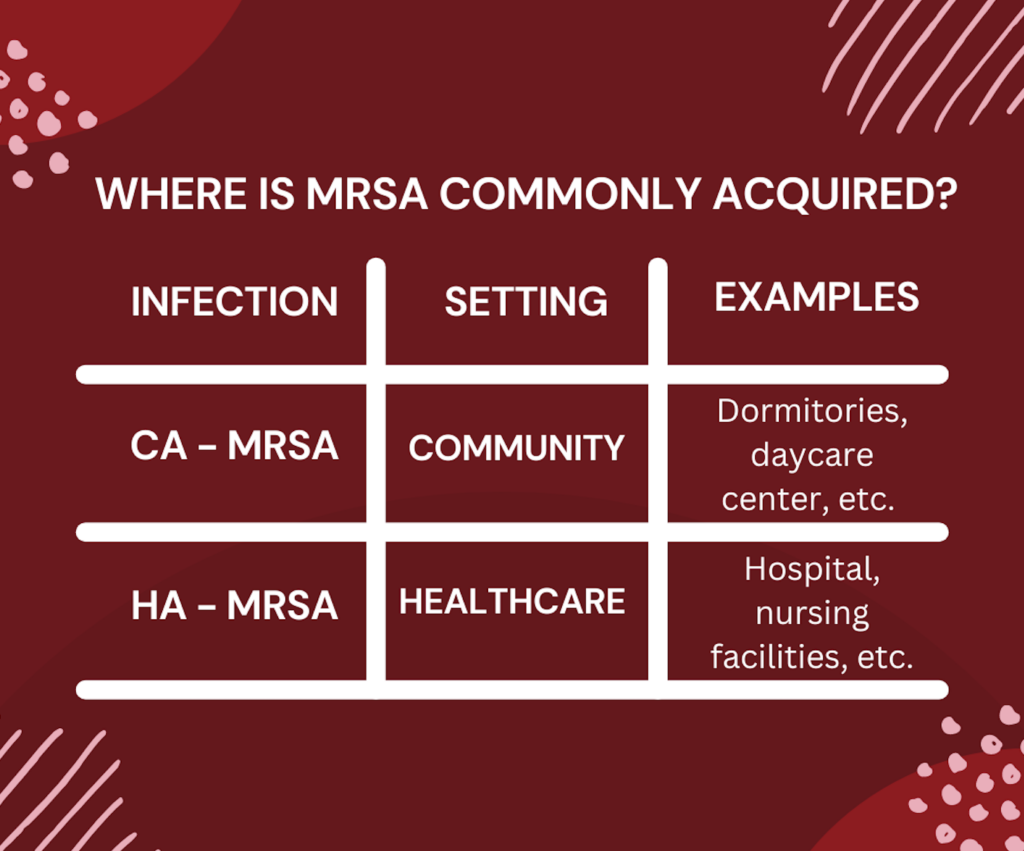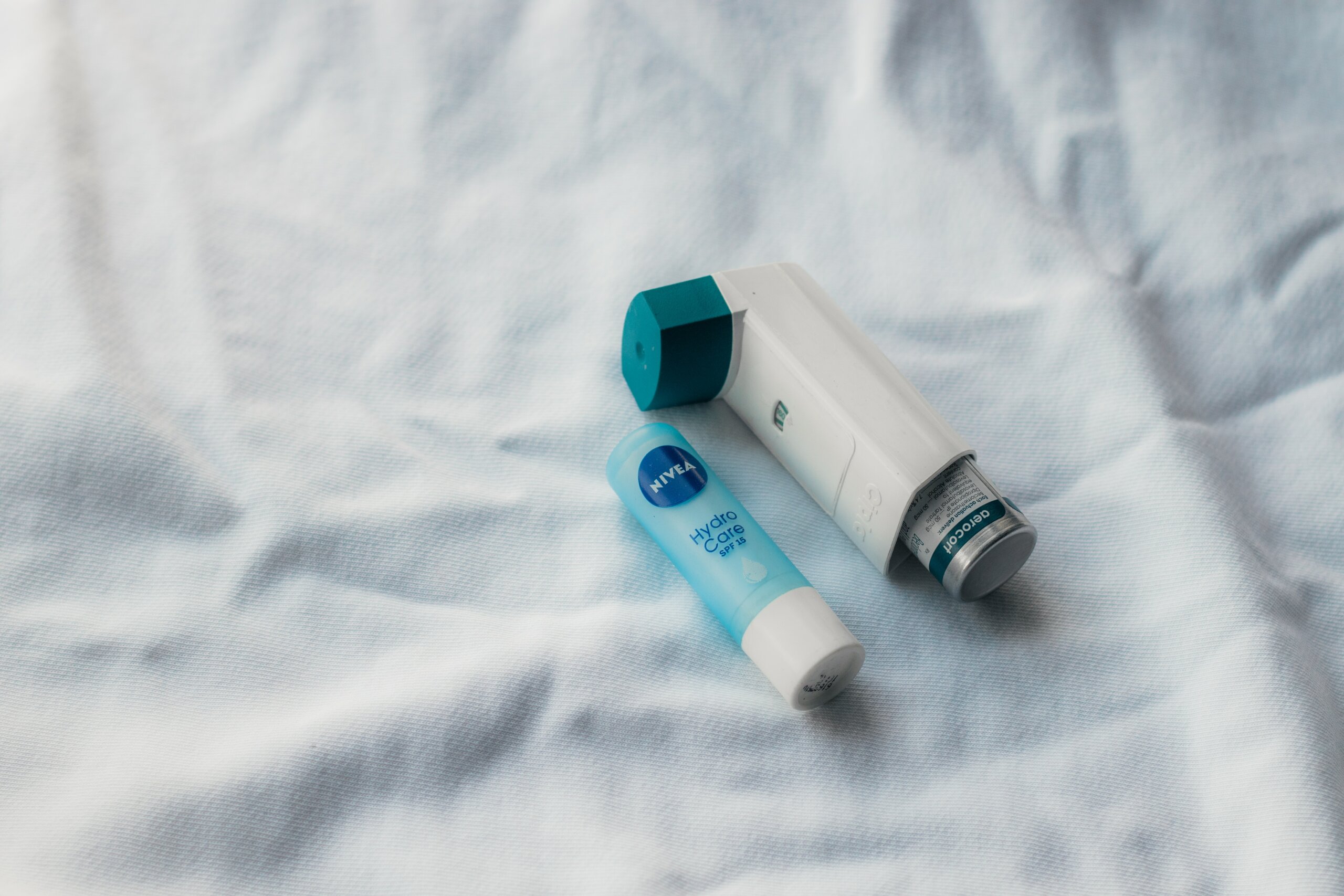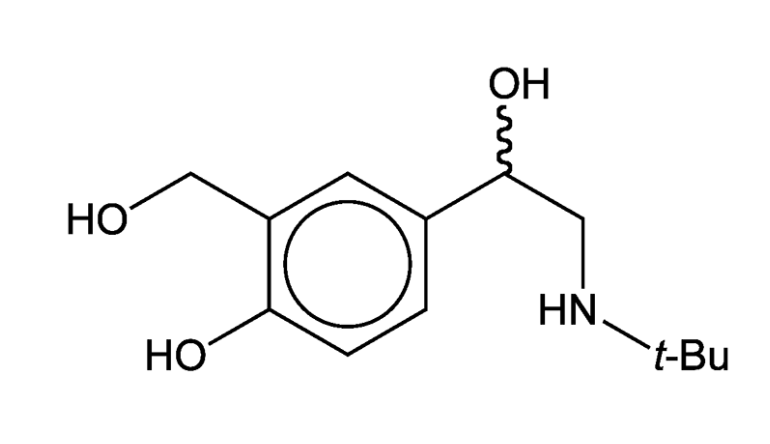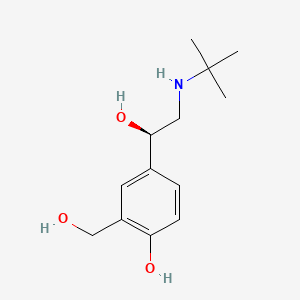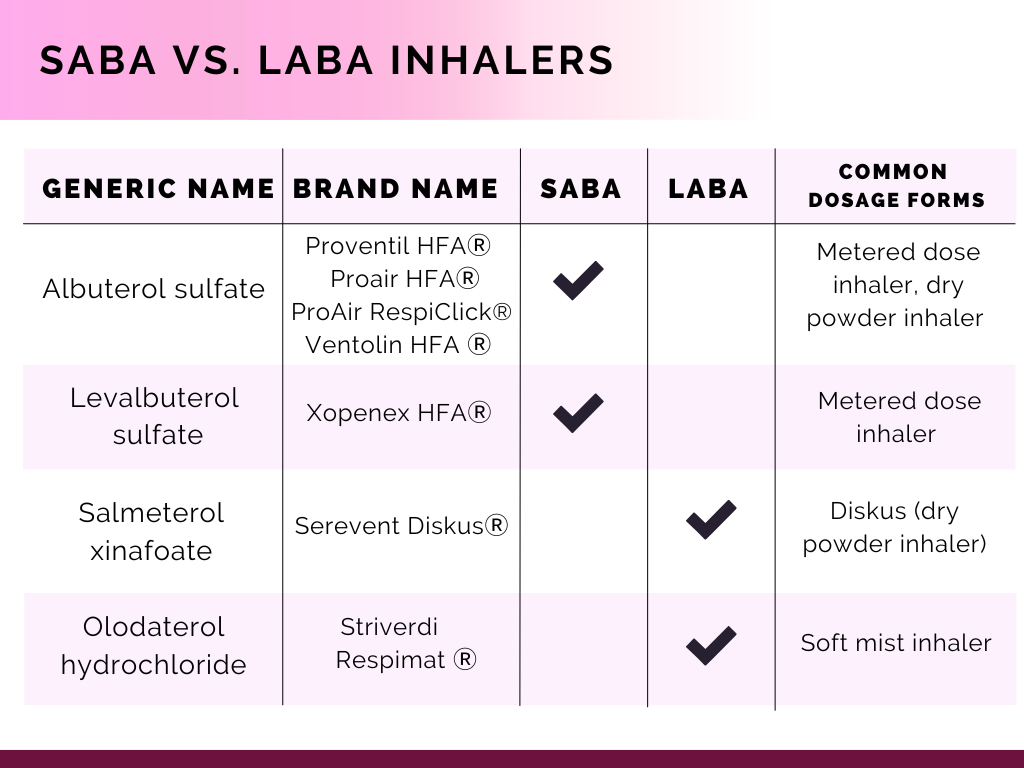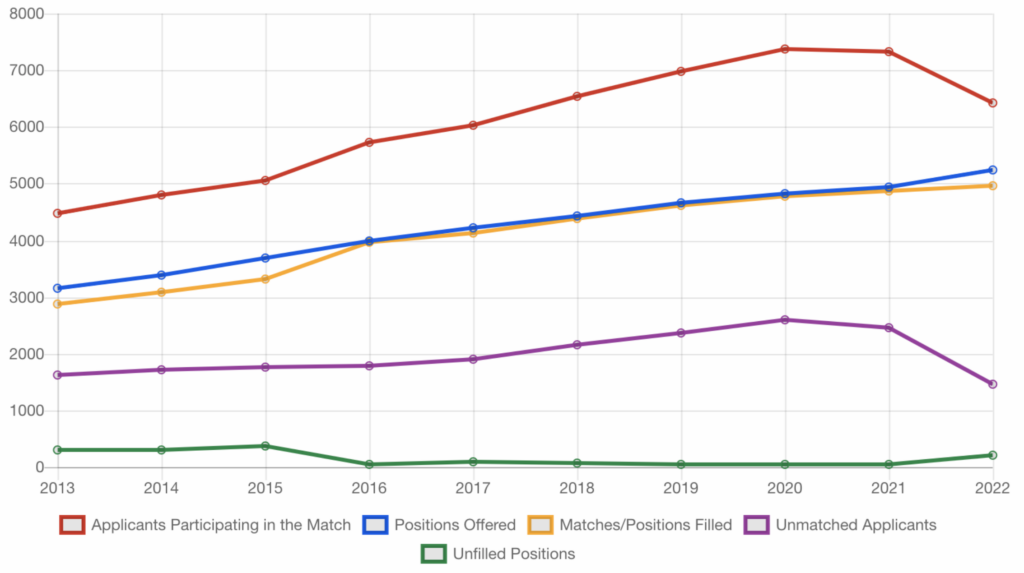How to pass your NAPLEX the first time
Congratulations, you made it through pharmacy school and officially graduated! Now, you may find yourself consistently browsing through articles and student forums across the web, all in hopes of finding the best tips for succeeding in your upcoming licensure exam(s). The NAPLEX has undeniably become more challenging over the years and therefore undergoes a review every five years. Historical data demonstrated that the 2016 changes to the NAPLEX decreased the first-time NAPLEX pass rates (Table 1).
| Year | Passing Rate (%) |
| 2014 | 94.9 |
| 2015 | 92.6 |
| 2016 | 85.9 |
With the exception of the brief increase in passing rates seen in 2018, scores remain consistently low since 2016 (Table 2). Effective January 2021, new revisions were released, and new competencies were introduced. Based on 2021 NAPLEX statistics, the passing rate has decreased even more (Table 3). It’ll be important to watch the statistics in the upcoming years to identify if these NAPLEX revisions were beneficial or not for students to pass their NAPLEX exams on the first try.
| Year | Passing Rate (%) |
| 2017 | 86.28 |
| 2018 | 88.03 |
| 2019 | 86.74 |
| 2020 | 87 |
| 2021 | 84 |
Based on the trend seen over time, there are questions that many of us began to wonder. Is the exam becoming more clinical? Are school curriculums becoming outdated? Or are exam writers simply burning out due to the extended length and duration of the NAPLEX? There could be a variety of reasons as to why pass rates have dropped, and while preparing for an exam that covers up to 4 years of material may feel overwhelming, this article will pinpoint everything you need to know to overcome these statistics and take down your NAPLEX exam (also be sure to check out tips on how to pass your MPJE from our RxPharmacist blog here).
The first step in preparing for any exam is familiarizing yourself with it.
The NAPLEX is 6 hours long and contains 225 questions; 200 count towards your score, while the remaining 25 questions anonymously serve as experimental questions and will have no effect on your score. Many of the questions you’ll come across will be written as patient cases and will require you to piece together multiple elements of the information provided. Questions are presented in multiple-choice, select all that apply, fill-in-the-blank (for calculations), ordered response, and hot-spot (using a diagram to identify the answer) format.
The NAPLEX is broken into these six areas:
- Area 1: Obtain, Interpret, or Assess Data, Medical, or Patient Information (~ 18%)
- Area 2: Identify Drug Characteristics (~ 14%)
- Area 3: Develop or Manage Treatment Plans (~ 35%)
- Area 4: Perform Calculations (~ 14%)
- Area 5: Compound, Dispense, or Administer Drugs, or Manage Delivery Systems (~ 11%)
- Area 6: Develop or Manage Practice or Medication-Use Systems to Ensure Safety and Quality (~ 7%)
Each one of these areas are further broken down into more detailed subcategories that are listed as part of the NAPLEX competency statements found here from NABP’s website.
- Once you know the basis of the exam, the next important item on your checklist is to implement a study schedule that strictly predetermines your daily and weekly goals. As much we’d like to provide an estimate on how much time you should set aside to study, the only person who is best aware of their tendencies and abilities is you. Be realistic and fair with your timeline and be sure create an effective study environment by setting aside all distractions during study periods.
- In terms of study resources, Rxprep has become well-reputable throughout its time and many have relied on the course book as it covers each topic in depth and provides effective illustrations. Rxprep can definitely be a primary tool for studying, but not the only one.
Other helpful resources include:
- Quizlets: Online flash cards that can serve to enhance and encourage quick recall.
- RxPharmacist’s practice questions: One of the most updated guides that contains over 700 NAPLEX practice questions that highly mimic the actual exam.
- Medication and disease state charts: Will help condense information down to the most important material you need to know – excellent tool to use for review. Our RxPharmacist CPJE exam guide provides a nice review of all of the major clinical topics with visuals and easy to read charts.
- NAPB offers a NAPLEX practice exam that you can purchase, which is made up of previously used NAPLEX exam questions.
One thing we’d like to place emphasis on is the importance of practicing calculations. A considerable portion of the exam contains calculations, which are typically easier to answer if you’re familiar with the formulas and procedures. Consistent practice will help make you an expert in calculations, allowing for a little more leeway when you come across the more tedious and difficult clinical questions. This is why our RxPharmacist NAPLEX guide has a heavy amount of difficult practice calculations so you can easily breeze through the calculation portion to score as high as possible in boosting your overall score.
Similar to the MPJE, the questions on the NAPLEX can be detailed and require thorough reading. Be sure not to rush through the exam and be mindful of what the question is asking.
Best of luck!
-Dagmara Zajac
RxPharmacist Team
References:
- Score Results. (n.d.). Retrieved August 27, 2020, from https://nabp.pharmacy/programs/naplex/score-results/
- Welch, A. C., & Karpen, S. C. (2018). Comparing Student Performance on the Old vs New Versions of the NAPLEX. American journal of pharmaceutical education, 82(3), 6408. https://doi.org/10.5688/ajpe6408
- Competency statements: North American Pharmacist Licensure Examination. National Association of Boards of Pharmacy. https://nabp.pharmacy/programs/examinations/naplex/competency-statements-2021/. Published October 30, 2020. Accessed October 22, 2022.
- NABP Staff. NAPLEX blueprint improvements coming in January 2021. National Association of Boards of Pharmacy. https://nabp.pharmacy/news/blog/naplex-blueprint-improvements-coming-in-january-2021/. Published October 19, 2020. Accessed October 21, 2022.
- North American Pharmacist Licensure Examination passing rates … – NABP. https://nabp.pharmacy/wp-content/uploads/2021/03/NAPLEX-Pass-Rates-2021.pdf. Accessed October 23, 2022.
How to pass your NAPLEX the first time Read More »
